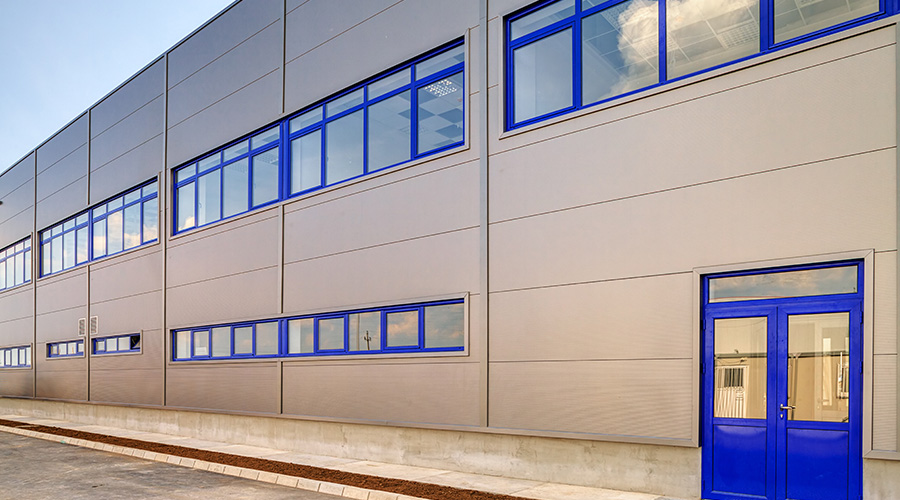Quality, Long-Term Performance Essential for Sustainable Paints
Quality and long-term performance are important goals for managers to set during the process of specifying paints and coatings. Achieving these goals also can reduce purchasing costs, minimize disruptions of facility activities and improve indoor air quality.
Typically, paint manufacturers rate each product according to a series of performance characteristics, including hardness, durability, chemical and scrub resistance, exterior color and gloss retention, drying time, odors during application, VOC content, and anti-graffiti capabilities.
Matching these characteristics to the application is an essential step in producing a high-quality, long-lasting, and sustainable applications. Purchasing the right paint involves selecting the best match of primer, intermediate coat, and top coat based on the substrate to be painted and the harshness of the environment.
One sustainable solution for painting school corridors with concrete block walls where traffic is heavy — a harsh environment — is to apply a block surface primer, followed by intermediate and top coats of a zero-VOC waterborne catalyzed epoxy. This combination provides a hard, tough coating that helps to resist abrasion, impacts and stains. The painted surface also can withstand cleaning solutions, provide a smooth finish, and produce few odors during application.
One way managers can make sure they get the paint performance they pay for is to look for the mark of the American National Standards Institute (ANSI) on the product label. ANSI classifies paints according to properties that include chemical composition, corrosion resistance, hazard potential, and reflectivity. ANSI provides standard test methods and certification to ensure products are manufactured according to specifications. These certified products carry the Approved American National Standard label.
Striking a Balance
Managers are most likely to achieve optimum sustainability when they can balance cost and performance. Achieving this balance also can help them operate within budget while providing an aesthetically pleasing space for operations and other facility activities.
Balancing these components begins with a sound set of policies regarding painting frequency. Managers should document these policies in writing to offer guidelines for materials and colors that minimize inventory and maximize space flexibility. An annual painting plan should spell out the ways and times to implement the standards to optimize the frequency, selection, application, maintenance, and disposal of paints and coatings.
Thomas A. Westerkamp is a maintenance and engineering management consultant and president of the work management division of Westerkamp Group LLC.
Related Topics:












